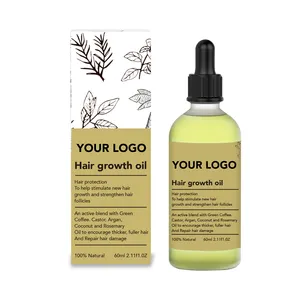Tóc trinh nữ
ren phía trước đã trở thành một phần thiết yếu của người phụ nữ thời hiện đại. Đây là những loại nhẹ và thoải mái. Chúng cũng có một đường chân tóc vô hình, rất linh hoạt và có thể tạo kiểu theo nhiều cách. Có thể nhuộm, tẩy trắng và uốn
tóc giả ren phía trước trên Alibaba.com.
Bộ tóc giả làm bằng tóc của người
ren phía trước tạo cảm giác ấm cúng và mềm mại so với da và có nhiều màu sắc và mật độ khác nhau. Các cá nhân có thể lựa chọn giữa tóc rụng tối thiểu, dày và không xơ rối. Thiết kế ren phía trước trông tự nhiên và cho phép bộ tóc giả vừa vặn với đầu mà không gặp khó khăn. Phần chân tóc trên bộ tóc giả này thoáng khí và thoải mái, chủ nhân có thể đội nó trong nhiều giờ.
Tóc giả trước bằng ren Brazil trên Alibaba.com bao gồm các sợi tổng hợp chịu nhiệt với vẻ ngoài tự nhiên và mềm mại.
Tóc tổng hợp
ren phía trước tạo cảm giác và trông giống như tóc của con người. Tóc giả có thể điều chỉnh, có hai lược và có thể phù hợp với hầu hết mọi kích thước và hình dạng đầu. Các hoa thị có thể điều chỉnh, co giãn và chủ sở hữu có thể dễ dàng nới lỏng để thắt chặt chúng theo ý muốn. Vì vẻ ngoài thoải mái và tự nhiên, những
Tóc giả trước bằng ren Brazil này có thể tồn tại trong một thời gian rất dài. Tóc giả khá linh hoạt và có thể kết hợp với bất kỳ trang phục nào cho bất kỳ dịp nào. Hầu hết, người bán sẽ cung cấp mũ tóc miễn phí giúp giữ tóc giả cố định, tránh bị tuột. Tóc giả có sẵn ở dạng cắt hoặc không cắt, giúp chúng dễ dàng mặc.
Những ai đang tìm kiếm những bộ tóc giả
ren phía trước hoàn hảo nên tìm chúng trên Alibaba.com. Các nhà cung cấp và nhà sản xuất đưa ra các độ dài và kiểu dáng khác nhau của những bộ tóc giả này, dễ tạo kiểu và giá cả phải chăng. Mua
tóc giả ren xoăn phía trước ngay hôm nay với giá ưu đãi và trông thật quyến rũ vào bất kỳ dịp nào.















